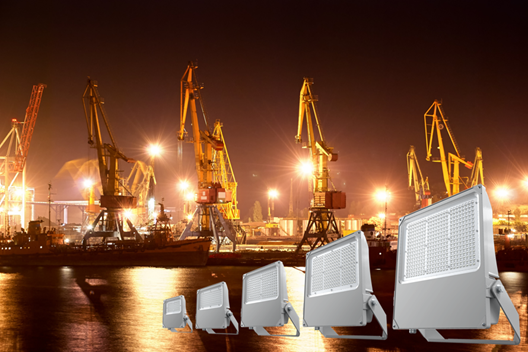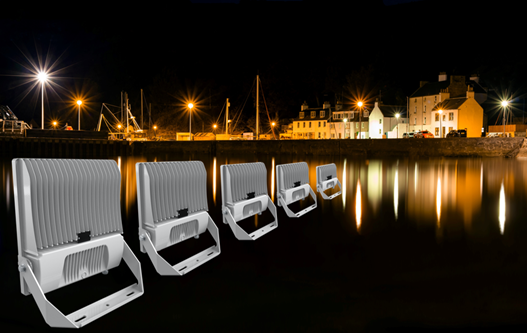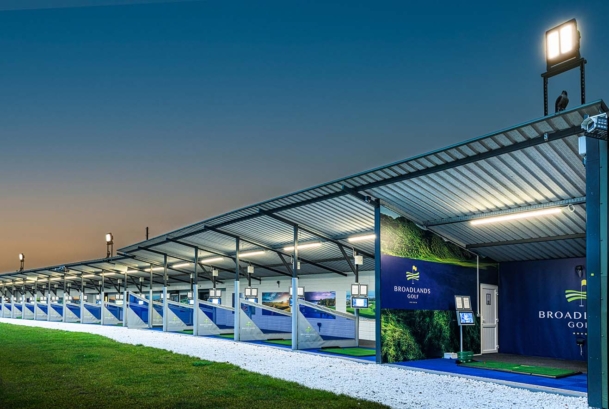
Products
We are a leading manufacturer of quality internal and external lighting products for commercial, industrial and retail applications.
View all productsProduct Types
Applications
At Ansell Lighting we design and manufacture an extensive range of luminaires for a diverse number of applications. Whatever the shape, purpose or style of your space, we have a lighting solution.
View all applicationsApplication Types
About
We are a leading manufacturer of quality internal and external lighting products for commercial, industrial and retail applications.
About overviewMore about us
Contact
We are here to answer any questions you may have, help you find a stockist or speak to a local member of our team.
Find out more
OCTO
OCTO delivers the complete smart lighting package to transform the efficiency and ambience of commercial and residential spaces.
OCTO overviewMore OCTO
Downloads
View and download our product catalogues, brochures and application guides. You can also search and download product datasheets, photometric and instructions.
Downloads available
Lighting the coastline

With the significant and numerous increases in the construction of shoreline and marina developments across many parts of the world over recent years, the coastline and its surrounding locality is becoming an area of choice for modern residential living, however, to service these residential developments additional construction is required such as commercial establishments, retail outlets, public houses, restaurants, hotels as well as sports and recreational facilities.
Whilst the emphasis is generally being to create architectural designed locations which will enhance the natural beauty of the shoreline and its surrounding areas, these areas require extensive external illumination to allow both safe access and security around the developments during the night. Coastal areas present significant issues for any exterior lighting equipment as when positioned outdoors on buildings, as they are continuously exposed to salt-air or possibly sea-spray in times of extreme weather conditions.
The airborne sea salt prevalent within the air can be blown inland and as the sea salt is hygroscopic, in that it tends to absorb the moisture from the air, which can create a highly corrosive electrolyte of chloride ions within the atmosphere providing the catalyst required for the corrosion of the metal components of lighting equipment to take place and which will change with varying temperatures and levels of humidity . There is, however, ‘no one scenario fits all’ type proposal as a topographical survey will only determine that for each and every location around the globe that the natural and man-made features of the local environment between the sea and the user’s location is significantly different in respect of the natural features such as the beach, or constructed features such as a breakwater or collaboration of buildings or if the user is in a cliff-top location. In addition to the sea air and/or sea spray, coastal locations have to consider other weather situations, the possibility of storms producing high winds and severe rain.

Whilst this editorial is generally provided for areas within Europe and beyond, if the initial consideration is for the UK, then it is known that anywhere within the UK an observer is never more than 70 miles from a coastal location. The rates of corrosion will differ in different parts of the UK, due to several different factors which influence the corrosion rates of salt air on metal, which include wind speed and direction, coastal topography, wave height and others, with each determining the distance that salt travels inland. The rates of corrosion fall off is at between 30 miles and 50 miles inland from the coastline, depending upon location.
Having considered the effects of salt corrosion created within coastal locations, it is now worth considering the types of lighting equipment suitable for the different types of specific applications. For residential applications, the use of floodlighting may not be appropriate for all areas requiring illumination and here, the installation of polycarbonate fittings with polycarbonate diffuser offers an ideal solution as these fitting are tough in construction, resistant to the coastal weather and sea conditions, resistant to vandalism and are generally have a high ingress protection, whilst also being decorative in appearance and energy saving.

With regard to other applications, lighting in coastal areas is not only restricted to residential applications. For the UK, being an island, the majority of goods are transported by sea to and from the UK, requiring a number of ports and harbours to facilitate this requirement, many of which work on a continuous 24-hour, 365-day a year operating system.

The exterior lighting is therefore critical to the continued operation of these facilities and usually require some form of floodlighting, which is where the Ansell Aztec range provides an ideal solution in that its robust construction is ideal to offer protection against the coastal environment. Construction is from pressure die-cast aluminium which has undergone an electrophesis treatment followed by the application of a special powder coating to prevent corrosion. The front is then fitted encompassing a tempered glass diffuser, to prevent yellowing, and secured using stainless steel screws resulting in an IP Rating of IP66, which allows for maximum protection. Provided with a high-quality Grade 316 Stainless Steel mounting bracket, powder coated, to retain the fitting in place within the harsh environment.
Aztec Coastal Floodlight
The corrosion tests in artificial atmospheres against salt spray was conducted in accordance with the requirements of BS EN ISO 9227:2017-ED4 with regard to the Neutral Salt Spray (NSS) process for the testing that of metals & alloys and coatings on metallic materials. The test method uses a 5% atomised Sodium Chloride solution, (NaCl), where the solution is sprayed under a specific pressure and within a controlled humidity environment to prevent the evaporation of the water droplets and at a temperature of 35°C for a specified duration period of >3000 hours.
Available with a symmetrical beam distribution in variants with or without an integral photocell across the whole range in wattages from 50 Watts to 300 Watts, and being resilient against corrosion from salt-based environments, makes this extension to the Aztec range of fittings, ideally suited for the many exterior coastal applications situated close to or within 3 kms of the coast. The Aztec Coastal offers the optimum solution for both residential and commercial applications, such as for individual properties, car parks, harbours, ports and boatyards as well as for industrial buildings located along the many miles of coastline.
Considering to installing poor quality equipment may offer the customer a reduced outlay cost but could result in premature failure through water ingress or corrosion due to prolonged contact with a salt-based environment.
In concluding this editorial, it was accepted that in times past, coastal lighting installations tended to be restricted to illuminating the areas of operation, such as piers and harbours which allowed ships to safely tie up alongside the quay, whilst onboard, mariners relied upon the many types of navigational marker buoys, such as those marking the channels to enter and leave port as well as those identifying the location of potential hazards, to offer safe passage into and out of the port during the hours of darkness.
There are certain considerations which are suggested for adherence when calculating a design for an exterior lighting project located within a coastal environment, adjacent to a harbour location or in the vicinity of navigational marks, where the inclusion of flashing or rotating lights should be avoided, and the use of lamps emitting red or green colours should be considered carefully, as their inclusion in the design could interfere with that of the navigational lighting.
Finally, do not over light, as some poorly designed and implemented external installations can produce illumination levels which are more than 200-300 times as bright as that of a full moon. The overall aim is to maximise the effectiveness of the lighting over the areas being illuminated in providing both safe access and also an appropriately illuminated safe working environment, whilst minimising the adverse effect of spill light into adjacent spaces or to seaward, rather than just attempting to illuminate everything in sight.
You Might Also Be Interested In...


Broadlands Driving Range
Subscribe to our newsletter
Get monthly news, tips, and new product updates delivered straight to your inbox.
Email addresses are never sold or given out to anybody. By subscribing, you agree to our Privacy Policy and Terms.